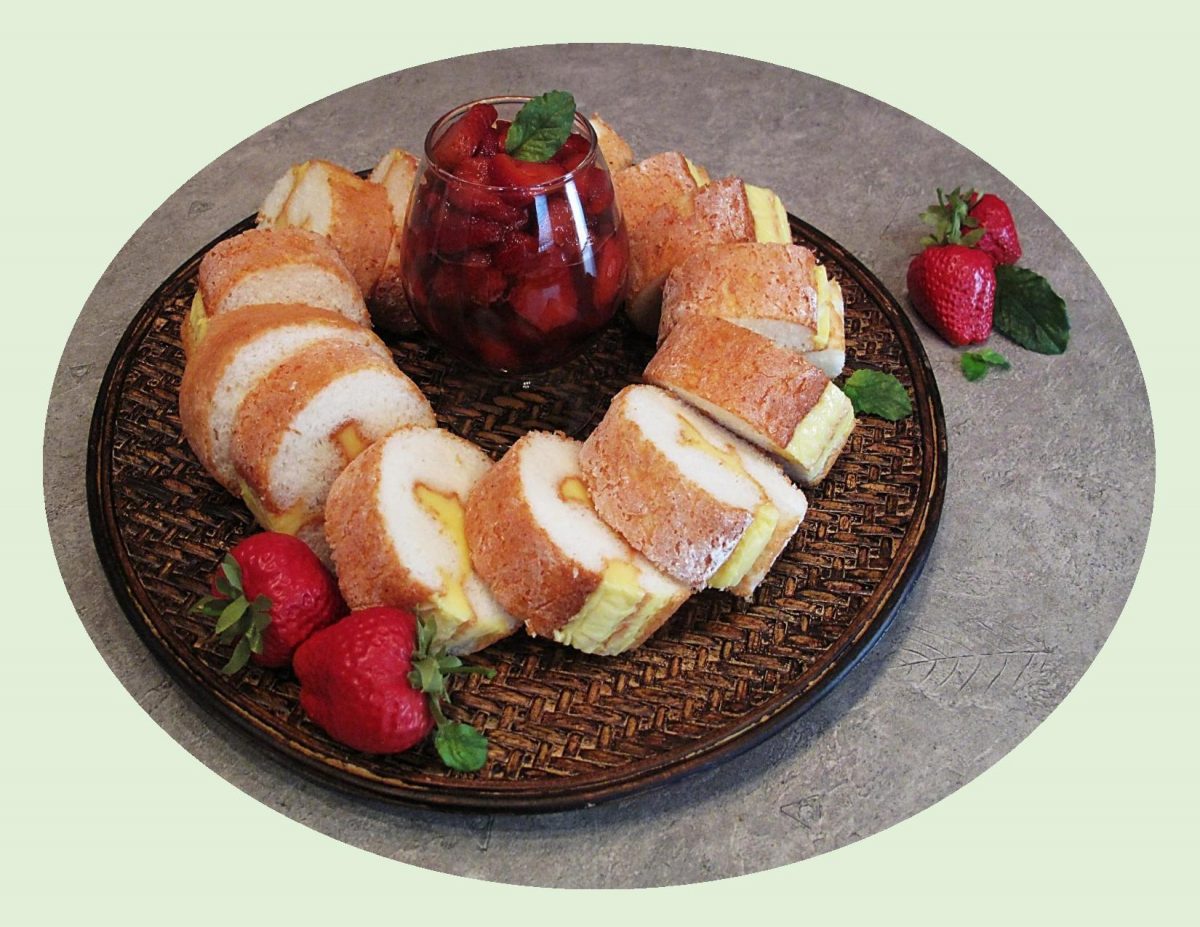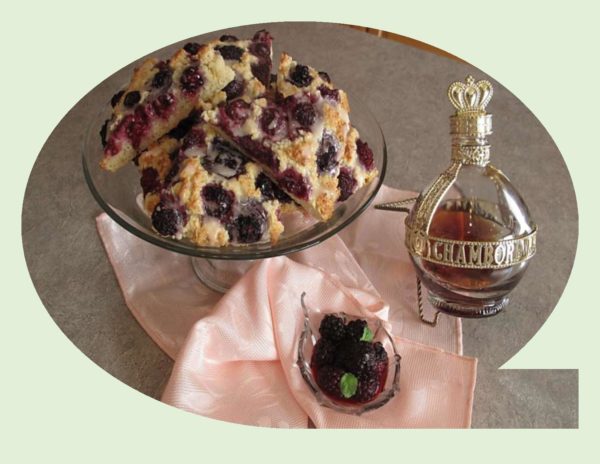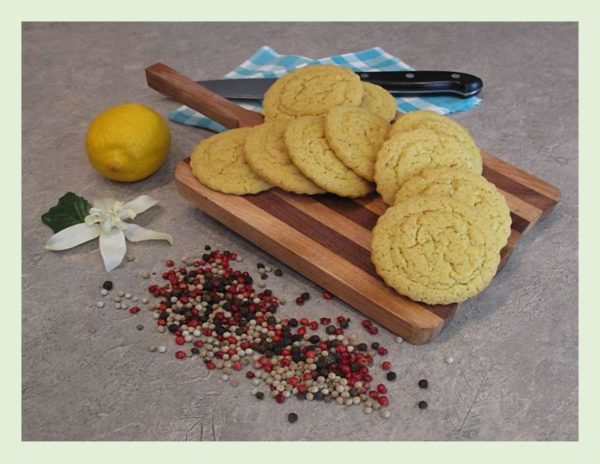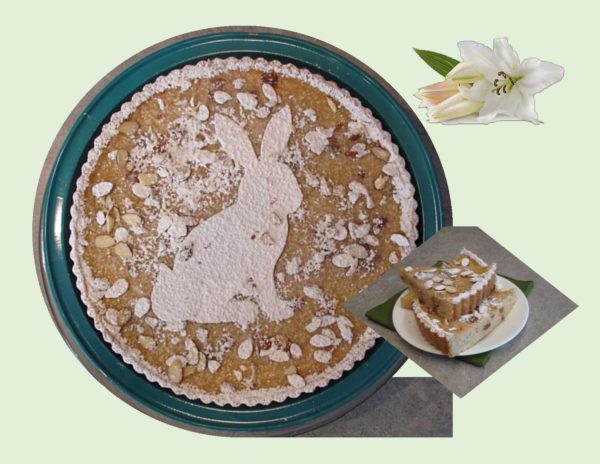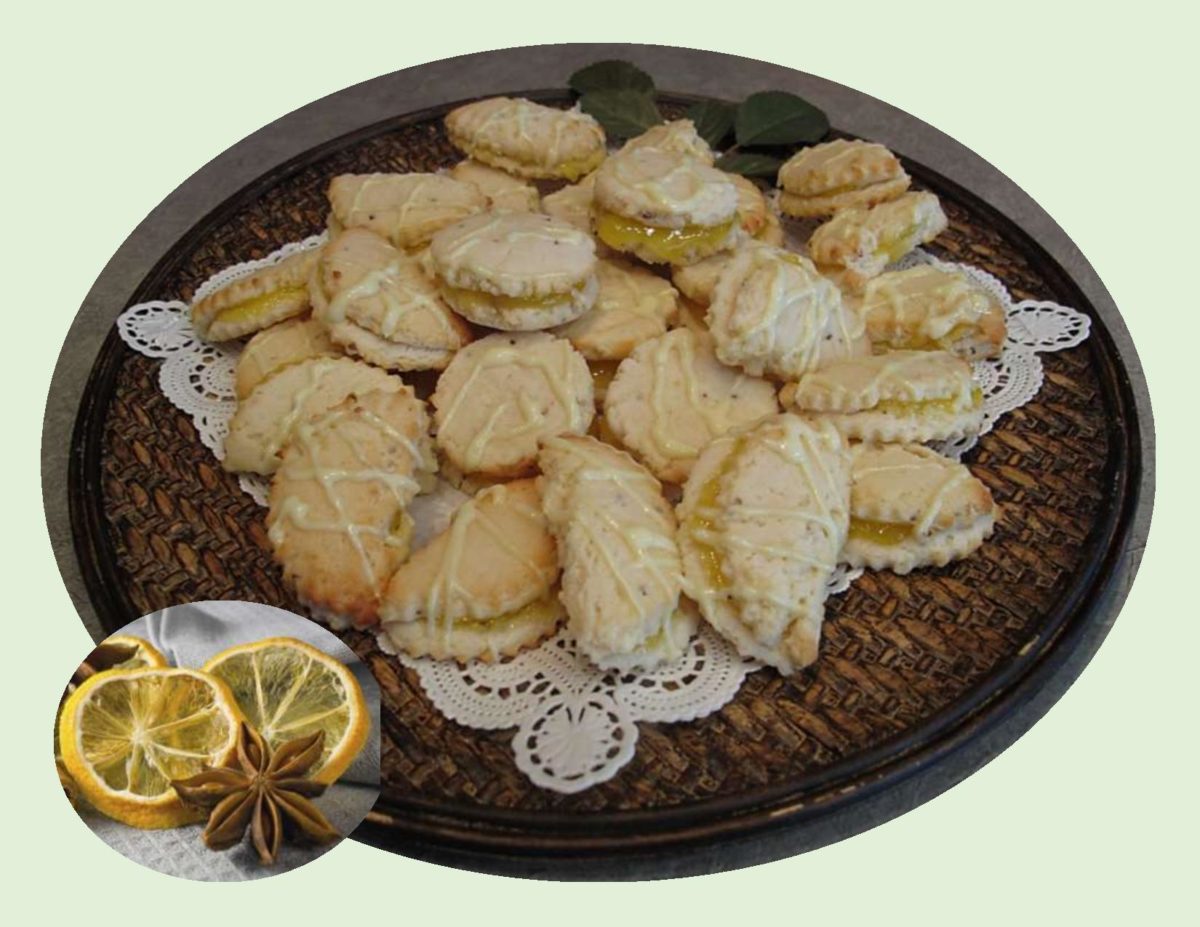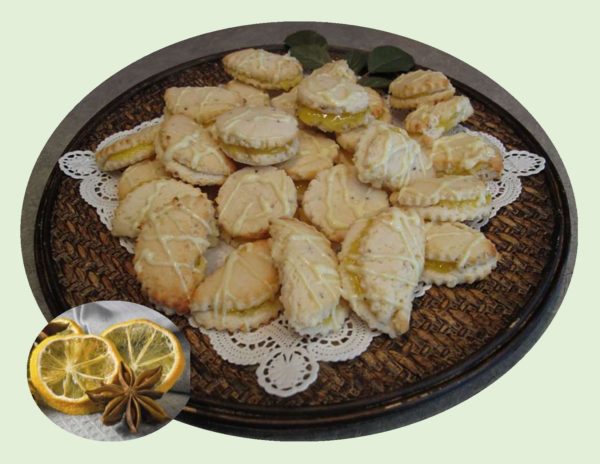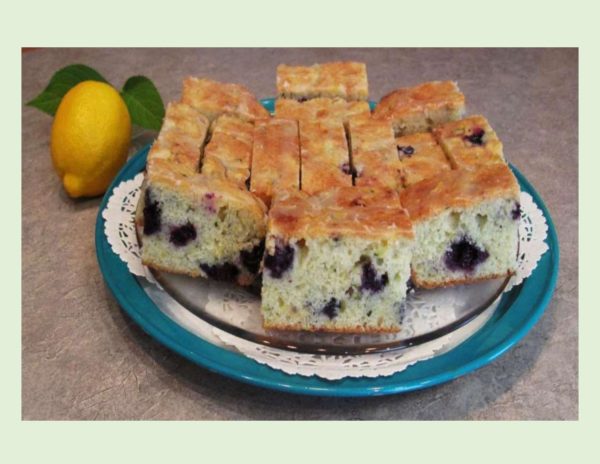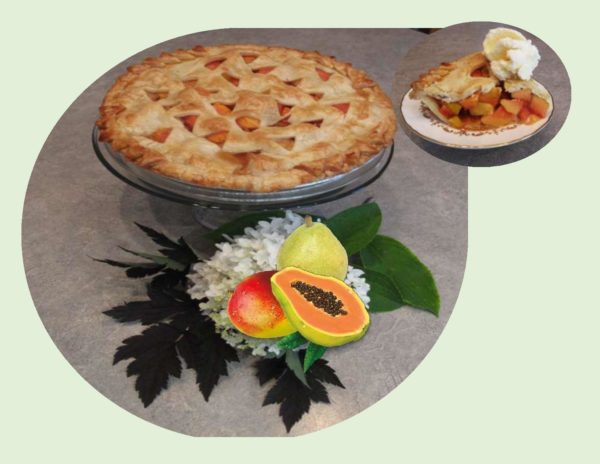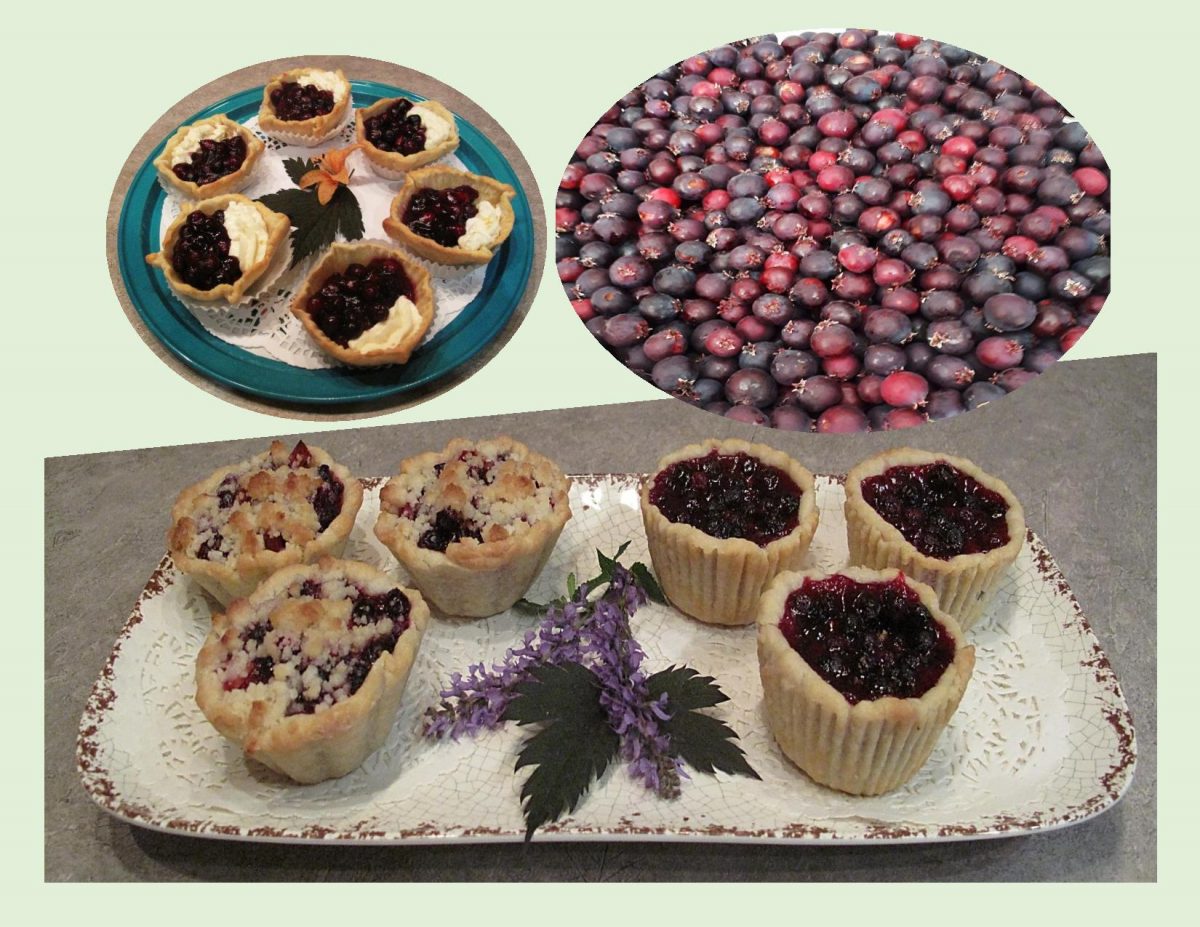
Saskatoon berries are very high on my list of nostalgic memories from my childhood. How these little berries can evoke such a flood of treasured thoughts is amazing. Our family farm was located in Southern Alberta, (Canada). If you were to stand on our farmhouse, west veranda, the sight of the ‘foothills’ came into view (foothills are an upland area that flank the eastern side of the Rocky Mountains).
How wonderful it was to be able to pack a picnic lunch on a Sunday afternoon and be able to drive there. It was like a whole different world. A landscape of long ridges and rolling hills covered in native lodgepole pine, aspens and spruce trees. The small streams wound their way through meadows of dwarf birch, willow and prairie grasses. You could easily come across some of the beautiful wildlife such as elk, moose or deer that lived there.
This is where our family would go to pick saskatoon berries. Very often we were accompanied by family friends or relatives. It was such a great time, everyone picking berries together, eating Mom’s fabulous fried chicken and potato salad (etc. etc.) for our picnic lunch. I was looking at some pictures from those times. We must have had some hot dogs on one occasion and I burnt my mouth it seems. What priceless memories!
With ‘saskatoon season’ in full swing, Brion and I thought it would be great to pick our own this year. It certainly can’t get any fresher than that. We chose the U-Pick farm called GROVE BERRY PATCH. This is a family owned and operated farm with 20 acres of saskatoon berries and 1 acre of raspberries, black currants, highbush cranberries and vegetables. They are located 1.5 km south off Highway 16A on Spruce Valley Road, Spruce Grove, Alberta, Canada.
It was such a nice little adventure. The morning was beautiful and the atmosphere of the berry farm and its family owners was very enjoyable. We picked a pail full of gorgeous saskatoons in a short space of time. I had originally started out with thinking I would post one recipe but of course, its turns out to be three. They consist of some Saskatoon Rhubarb Tarts, Saskatoon Butter Tarts and some Saskatoon Cream Cheese Tarts. Yum!
We are adding a few pics, not only of the tarts but some from the berry farm as well as a couple from my childhood days. Hope you enjoy the blog.
Print Recipe
Saskatoon Berry Tarts
Votes: 2
Rating: 5
You:
Rate this recipe!
Ingredients
Filling for SASKATOON RHUBARB TARTS
Filling for SASKATOON BUTTER TARTS
Filling for CREAM CHEESE SASKATOON TARTS
Ingredients
Filling for SASKATOON RHUBARB TARTS
Filling for SASKATOON BUTTER TARTS
Filling for CREAM CHEESE SASKATOON TARTS
|
Votes: 2
Rating: 5
You:
Rate this recipe!
|
Instructions
Pastry
In a medium bowl, whisk together flour, baking powder & salt until completely combined. Cut in butter with a pastry cutter or fork.
Measure the vinegar into a liquid measuring cup, then add enough ice cold water to make 1/2 cup. Pour over flour mixture, gently stir with a fork ONLY until combined. Wrap dough in plastic wrap & place in refrigerator for a minimum of an hour so it can chill well. When ready to use, Roll out dough on a lightly floured work surface. Using a 3 1/2" cookie cutter, cut out tart shells & place them in tart pans.
Saskatoon Rhubarb Filling & Streusel
In a small saucepan, combine saskatoons, diced rhubarb, sugar & cardamom. Set aside. In a small bowl, combine water, lemon juice & cornstarch. Whisk together to make a slurry. Add to to saucepan & cook on medium heat, stirring until mixture becomes thickened. Remove from heat; add vanilla & allow to cool before using.
FOR STREUSAL: Place all streusal ingredients in a small dish & combine with finger tips until crumbly. Spoon berry filling into tart shells & top with streusal. Bake at 375 F. until pastry is golden.
Saskatoon Butter Tart Filling
FOR BERRY TOPPING: In a small saucepan, mix together berries & water; simmer for 10 minutes over low-medium heat. In a separate bowl, mix together sugar & cornstarch then add to the berries & combine. Stir in lemon juice; simmer until mixture slightly thickens. Set aside to cool.
FOR BUTTER TART LAYER: First beat together eggs. In a saucepan, melt the butter then add sugar, vanilla, cream, raisins & beaten eggs. Bring to a boil over medium heat & boil for 3 minutes. Set aside to cool.
TO ASSEMBLE: Place a heaping Tbsp of butter tart mixture into each shell, then fill remainder of the tart shell with the berry topping mixture. DO NOT MIX. Bake at 375 F. for 15-18 minutes or until pastry is golden. Cool before removing from tart pans.
Cream Cheese Saskatoon Tart Filling
FOR BERRY TOPPING: Crush 1 cup of saskatoon berries & place in a small saucepan with 1 cup of water. Simmer about 2 minutes. Strain & return berry juice only to saucepan. Combine sugar & cornstarch; add to sauce. Cook over low heat, stirring constantly until mixture is thick & clear. Remove from heat & stir in remaining 2 cups of saskatoons to glaze & stir gently. Pre-bake tart shells.
FOR CREAM CHEESE LAYER: In a small bowl, blend together cream cheese, lemon zest, sugar & heavy cream. Divide cream cheese mixture between baked tart shells. Top with generous portions of berry topping & serve.
-
Recipe Notes
- The pastry recipe will yield about 48 mini tarts. I had doubled the pastry recipe because I wanted to make all 3 kinds. It's so nice to have some in the freezer for future use.
- If you make the pastry in 2 separate batches it seems to be nicer for some reason.
- If you happen to have any filling left over, it freezes well for another time.
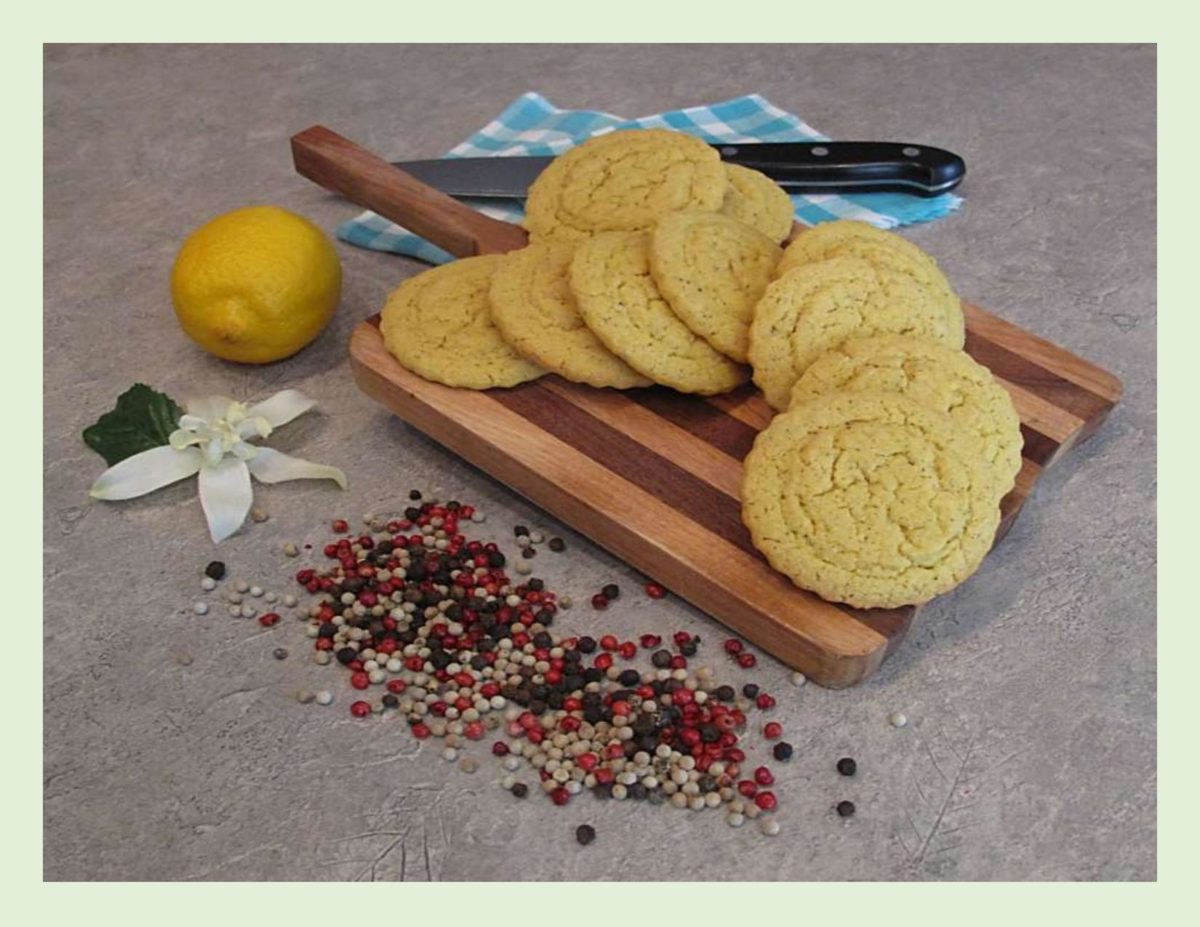
Grinding pepper over our savory meals is very much the ‘norm’, but when you add it to sweet desserts it preforms a strange chemistry, especially against a mellow backdrop of vanilla.
Adding flavor to cuisines of all nations, black pepper is the most widely produced and popular spice in the world. Pound for pound, it is also the least expensive spice.
Contrary to popular belief, pepper is not intended to be used like salt. Although, it holds a special spot right beside the salt on our dinner tables, it is not a flavor enhancer but rather a spice.
There is a distinct and undeniable earthiness to the flavor of black pepper, one that is biting, hot, piney, pungent, woody and sharp all at the same time.
Using pepper in baked goods or sprinkling it on fresh fruit is not exactly a new idea. Gingerbread and pfeffernuse have long been spiced with pepper. No matter how you use black pepper, its a spice of grand proportions.
These ‘pepper’ cookies are real handy since you can freeze them and ‘slice & bake’ when needed. The flavor combo is exceptional.
Print Recipe
Lemon Pepper Shortbread Cookies
Votes: 1
Rating: 5
You:
Rate this recipe!
|
|
Votes: 1
Rating: 5
You:
Rate this recipe!
|
Instructions
In a bowl, cream butter, sugar & vanilla until light & creamy.
In another bowl, whisk together flour, cornstarch, baking powder, salt, lemon zest & spices.
Add the dry ingredients to creamed mixture alternately with the milk. Combine only until incorporated. Turn dough out onto a work surface & divide in half. Roll each portion into a log about 1 1/2-inch in diameter. Wrap each log tightly in plastic wrap & refrigerate until firm ... at least 2 hours or freeze until needed.
When ready to bake, preheat oven to 350 F. Line a baking sheet with parchment paper. Remove the plastic wrap & slice into 1/4-inch thick rounds. Place on baking sheet & bake for 6 minutes, rotate pan & continue baking for an additional 6 minutes. The edges of the cookies will be firm, but the tops will be soft. Cool on a wire rack.

With Easter coming up real soon, why not bake something different this year or should I say, different for me. Swiss Rice Tart has a custard type filling made with rice, eggs, milk, citrusy lemon zest, ground almonds all baked in a sweet, crunchy pastry. Traditionally only served during Easter time in Switzerland, it is a wonderful non-fussy and unusual brunch dish/dessert item.
It took a bit of time to try and learn some history of this Easter specialty. It seems that the first available recipes for a similar tart are from the end of the 16th century. In a cookbook by Anna Wecker, (the first German cookbook to be published by a woman) there was mention of a similar tart. In some of the early recipes, Parmesan cheese was included in the dough but this was abandoned for a sweeter crust. Another version used bread as a starchy filling instead of rice or semolina and the flavoring was rosewater and wine. By the 19th century, the tart, as it is known today, made its way into the rotation of most Swiss bakeries.
The key to getting the right consistency for the filling is to slightly overcook the rice from the beginning as it needs to to become smooth and creamy. The ground almonds, amaretto liqueur and raisins all add richness to the flavor of this ‘rice pudding baked in a crust’.
Print Recipe
Swiss Easter Rice Tart
Votes: 1
Rating: 5
You:
Rate this recipe!
|
|
Votes: 1
Rating: 5
You:
Rate this recipe!
|
Instructions
Pastry
In a food processor, pulse flour, sugar, salt & baking powder to blend. Add butter & pulse about 3-4 times, until butter is in pea- size pieces. Sprinkle in the ice water; pulse another 4 times. Turn dough out on a lightly floured work surface & knead gently a few times to form a disk. Wrap in plastic wrap & refrigerate at least an hour.
Custard Filling
In a small bowl, combine amaretto liqueur & raisins & allow to marinate until ready to add to filling.
In a large saucepan, bring water to a boil. Stir in rice, lower heat to medium & cook until rice is soft & water is absorbed. Add evaporated milk, skim milk, butter, sugar & salt. Bring to a quick boil. Reduce heat to low & add amaretto liqueur ONLY, setting raisins aside.
Simmer until mixture has thickened almost to a 'risotto' consistency, about 20 minutes. Remove from heat & place the saucepan in a bowl of ice water for 10 minutes to cool mixture.
Preheat oven to 350 F. & place oven rack in the lowest position. When cooled, pour rice mixture into a bowl; add lemon zest & raisins. Mix ground almonds with the 1 Tbsp flour & fold into mixture along with eggs.
Press chilled pastry evenly into tart pan. Trim edges flush with pan. Pour filling into pastry dough & bake about 35 minutes, until filling is set & golden. Cool on a wire rack. Dust with powdered sugar & almond slices (create a design if you wish) before serving.
Recipe Notes
- This recipe was adapted from a site called cuisine Switzerland.
- I had used a 10-inch tart pan for mine but there was a small amount of filling left over which had to be baked in a casserole dish.
- I would suggest using a 10-inch spring form pan instead so the pastry sides could be higher to accommodate the extra filling.

There’s no question, fresh blueberries are a pleasure to bake with. But, along with being quite expensive, their season is short. As a result, frozen ones become the backbone of winter blueberry desserts. Using them in a pie presents no problem. When it comes to putting them into a batter, frozen berries bleeding juice, turn that golden hue into a shade of purple green when baked. Not good! I’ve found a simple solution is to rinse the berries in cold water, then gently dry them between layers of paper towel. You will probably lose a bit of the berries nutrition, but for most part, the juice and vitamins will remain inside.
Pairing zucchini with fruit in baked goods might seem a little odd but no different than using carrots in cake. Zucchini has grown in popularity over the years due to its amazing growth rate in the garden and its versatility. It can be sauteed, baked, poached, stuffed, eaten raw and of course baked into breads, cakes, scones etc., etc.
These little blueberry/zucchini bars are extremely moist and tender. The lemon in the batter and the glaze takes them to the level of amazing in my opinion. We just loved them.
Print Recipe
Blueberry Zucchini Bars with Lemon Glaze
Votes: 5
Rating: 4.4
You:
Rate this recipe!
|
|
Votes: 5
Rating: 4.4
You:
Rate this recipe!
|
Instructions
Batter
Preheat oven to 350 F. Grease a 9 X 13-inch ( or 15 X 10 X 1) baking pan.
In a small bowl, combine zucchini, buttermilk, lemon zest & lemon juice; toss to combine. In a large bowl, cream butter & sugar until light & fluffy. Beat in eggs, one at a time. In a third bowl, whisk 3 1/4 cups flour, baking soda & salt; gradually add to creamed mixture alternately with zucchini mixture, mixing well after each addition. Toss blueberries in remaining flour; fold into batter.
Transfer batter to prepared pan, spreading evenly. Bake 50 minutes for 9 X 13-inch size or until light golden & a toothpick inserted in center comes out clean. Remove from oven to a wire rack.
Lemon Glaze
In a small bowl, mix glaze ingredients until smooth; spread over top while bars are still warm.
Recipe Notes
- This recipe easily divides in half for a smaller amount using an 8 X 8-inch baking pan.
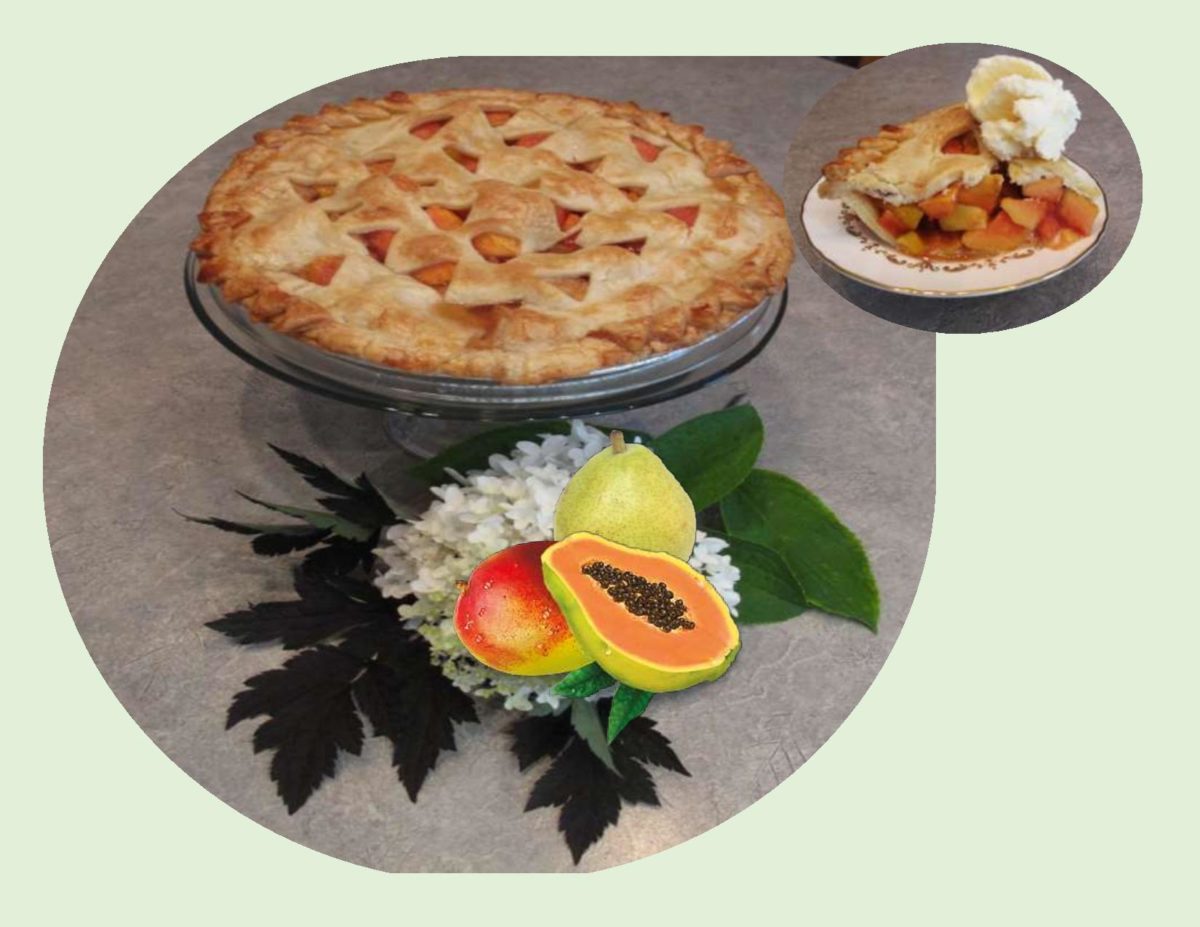
A wide variety of fruit has be used to make pie, from crisp apples to juicy berries or tender stone fruit. Tropical fruit, not as commonly used, can make amazing additions to pie filling creations. One such combo is papaya and mango.
Once considered exotic, papaya can now be purchased pretty much throughout the year. A very versatile fruit which contains enzymes that help in tenderizing meat as well as using it in salads, puddings, yogurt, chutney etc. For the sweetest flavor, select a papaya with a yellowish-orange skin that yields to the touch. Green papaya can be peeled like a carrot. It is similar to winter squash and can be baked or barbecued in the same fashion.
Mangoes have a rich sweetness with an aromatic floral note that isn’t present in many other fruits. As well as holding their shape during baking, mangoes become extremely tender, which makes them an excellent choice for pie filling.
Regardless of what type of pie your eating, the general consensus is that it should have a base made of some kind of pastry. When people first began cooking food in ovens there was little to protect the filling from searing heat. As a result, juices would fizzle out and everything would burn rather quickly. As a solution, dough was used to protect the filling. The dough or pastry absorbed the juices, making the entire case and filling a dish in itself. Since then, many complex forms and fillings have evolved in the world of pie making.
My objective today, was to create a ‘tropical’ pie. I had picked up a papaya as well as a couple of pears on my last shopping trip. I already had some mango chunks in the freezer. I thought pears would compliment the papaya and mango well. Between the fruit and spice combos, the flavor was just incredible. I think I ‘nailed it’!
Print Recipe
Papaya, Mango & Pear Pie
Votes: 1
Rating: 5
You:
Rate this recipe!
|
|
Votes: 1
Rating: 5
You:
Rate this recipe!
|
Instructions
Prepare pastry if making from 'scratch'. Line a 8-9-inch pie pan.
Peel & core papaya, mango & pear. Cut & dice into 1/2-inch pieces. In a large bowl, combine fruit with lemon zest & juice. In a small bowl, mix cornstarch, sugar, spices & salt. Carefully mix 3/4 of dry mixture with fruit reserving remainder for later.
Preheat oven to 400 F. Pour filling into pastry lined pie dish. Sprinkle with the rest of dry mixture & dot with butter. Roll out pastry for top crust. Make into design of choice or just place over pie; pinch top & bottom together to form a seal & cut 'vents'. Brush with egg wash & sprinkle with sugar.
Place in oven & bake for about 10-15 minutes to bake bottom crust somewhat then reduce heat to 375 F. & bake another 30 minutes or until golden brown & filling is bubbling.







